2021 Vol. 2, No. 3
Optical scatterometry is one of the most important metrology techniques for process monitoring in high-volume semiconductor manufacturing. By comparing measured signatures to modelled ones, scatterometry indirectly retrieves the dimensions of nanostructures and, hence, solves an inverse problem. However, the increasing design complexity of modern semiconductor devices makes modelling of the structures ever more difficult and requires a multitude of parameters. Such large parameter spaces typically cause ambiguities in the reconstruction process, thereby complicating the solution of the inherently ill-posed inverse problem further. An effective means of regularisation consists of systematically maximising the information content provided by the optical sensor. With this in mind, we combined the classical techniques of white-light interferometry, Mueller polarimetry, and Fourier scatterometry into one apparatus, allowing for the acquisition of fully angle- and wavelength-resolved Mueller matrices. The large amount of uncorrelated measurement data improve the robustness of the reconstruction in the case of complex multi-parameter problems by increasing the overall sensitivity and reducing cross-correlations. In this study, we discuss the sensor concept and introduce the measurement strategy, calibration routine, and numerical post-processing steps. We verify the practical feasibility of our method by reconstructing the profile parameters of a sub-wavelength silicon line grating. All necessary simulations are based on the rigorous coupled-wave analysis method. Additional measurements performed using a scanning electron microscope and an atomic force microscope confirm the accuracy of the reconstruction results, and hence, the real-world applicability of the proposed sensor concept.
Electromagnetically induced transparency (EIT) is a coherent optical process that provides a narrow transparent peak within a broad absorption line in an atomic medium. All-dielectric metasurface analogues of EIT have enabled new developments in the nanophotonics field for obtaining smaller, more effective slow-light devices and highly sensitive detectors without a quantum approach. However, the dynamic control of the EIT response of all-dielectric metasurfaces has been rarely reported hitherto for the near-infrared (N-IR) region, although a broader range of applications will be enabled by a reconfigurable EIT system. In this study, we realise a chalcogenide (germanium antimony telluride, GST) metasurface, which possesses a dynamically tunable EIT response by optically driving the amorphous-crystalline phase change in the GST medium. Only a few tens of nanometres thick, the nanostructured GST film exhibits Mie resonances that are spectrally modified via laser-induced phase transitions, offering a high relative modulation contrast of 80% in the N-IR region. Moreover, an extreme dispersion that results in the ‘slow light’ behaviour is observed within this transparency ‘window’. Furthermore, the group delay of the N-IR beam switches reversibly under the phase transition. The measurement is consistent with both numerical simulation results and phenomenological modelling. Our work facilitates the development of new types of compact ultrafast N-IR holograms, filtering, and ultrasensitive detectors.
Laser powder bed fusion (LPBF) is a timely important additive manufacturing technique that offers many opportunities for fabricating three-dimensional complex shaped components at a high resolution with short lead times. This technique has been extensively employed in manufacturing Ti-6Al-4V parts for aerospace and biomedical applications. However, many challenges, including poor surface quality, porosity, anisotropy in microstructure and property, and difficulty in tailoring microstructure, still exist. In this paper, we review the recent progress in post-process treatment and its influence on the microstructure evolution and material performance, including tensile, fatigue, fracture toughness, creep, and corrosion properties. The contradictions in simultaneously achieving high strength/ductility and strength/fracture toughness/creep resistance have been identified. Furthermore, research gaps in understanding the effects of the emerging bi-modal microstructure on fatigue properties and fracture toughness require further investigation.
Digital holography possesses the advantages of wide-field, non-contact, precise, and dynamic measurements for the complex amplitude of object waves. Today, digital holography and its derivatives have been widely applied in interferometric measurements, three-dimensional imaging, and quantitative phase imaging, demonstrating significant potential in the material science, industry, and biomedical fields, among others. However, in conventional off-axis holographic experimental setups, the object and reference beams propagate in separated paths, resulting in low temporal stability and measurement sensitivity. By designing common-path configurations where the two interference beams share the same or similar paths, environmental disturbance to the two beams can be effectively compensated. Therefore, the temporal stability of the experimental setups for hologram recording can be significantly improved for time-lapsing measurements. In this review, we categorise the common-path models as lateral shearing, point diffraction, and other types based on the different approaches to generate the reference beam. Benefiting from compact features, common-path digital holography is extremely promising for the manufacture of highly stable optical measurement and imaging instruments in the future.


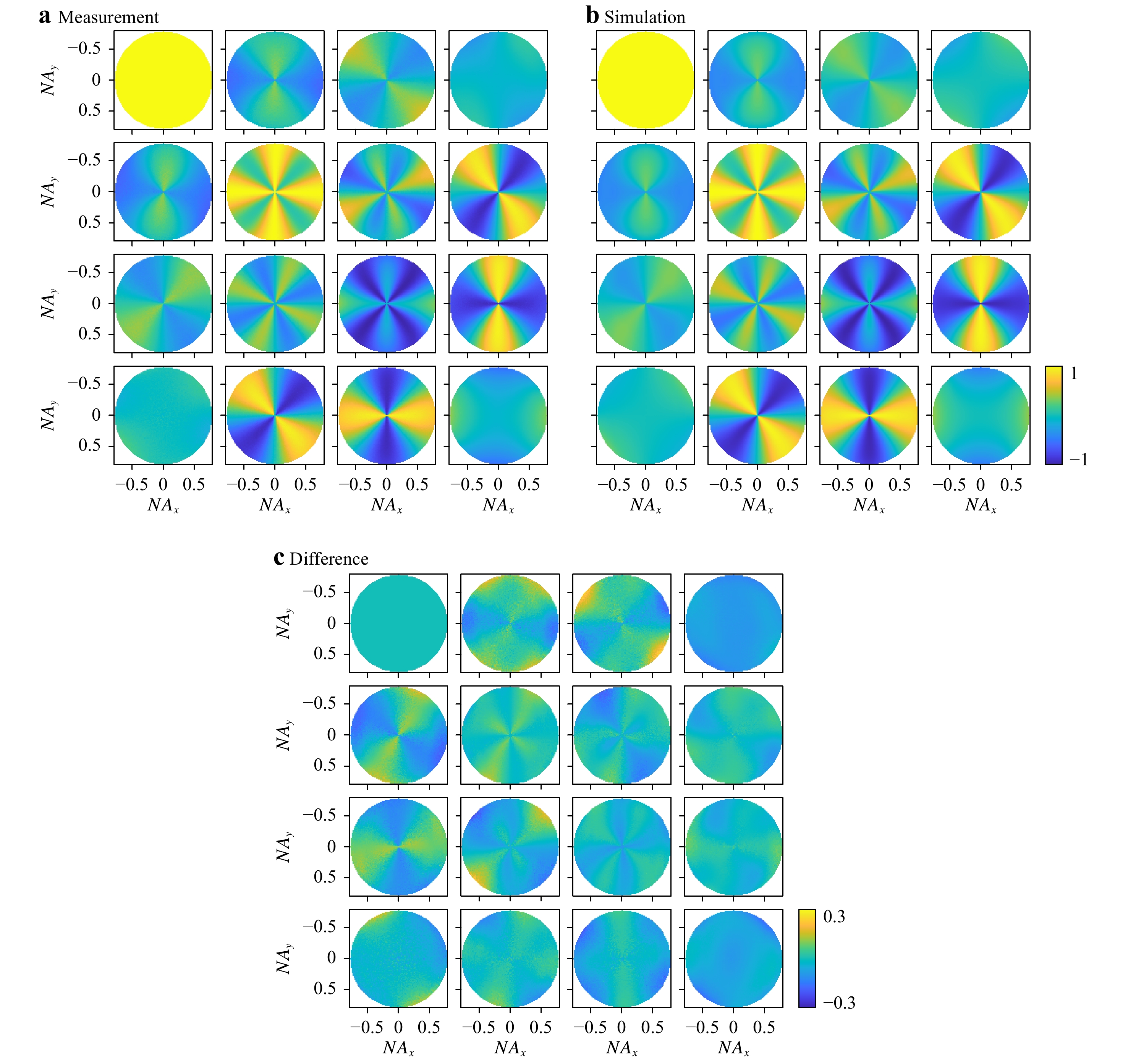
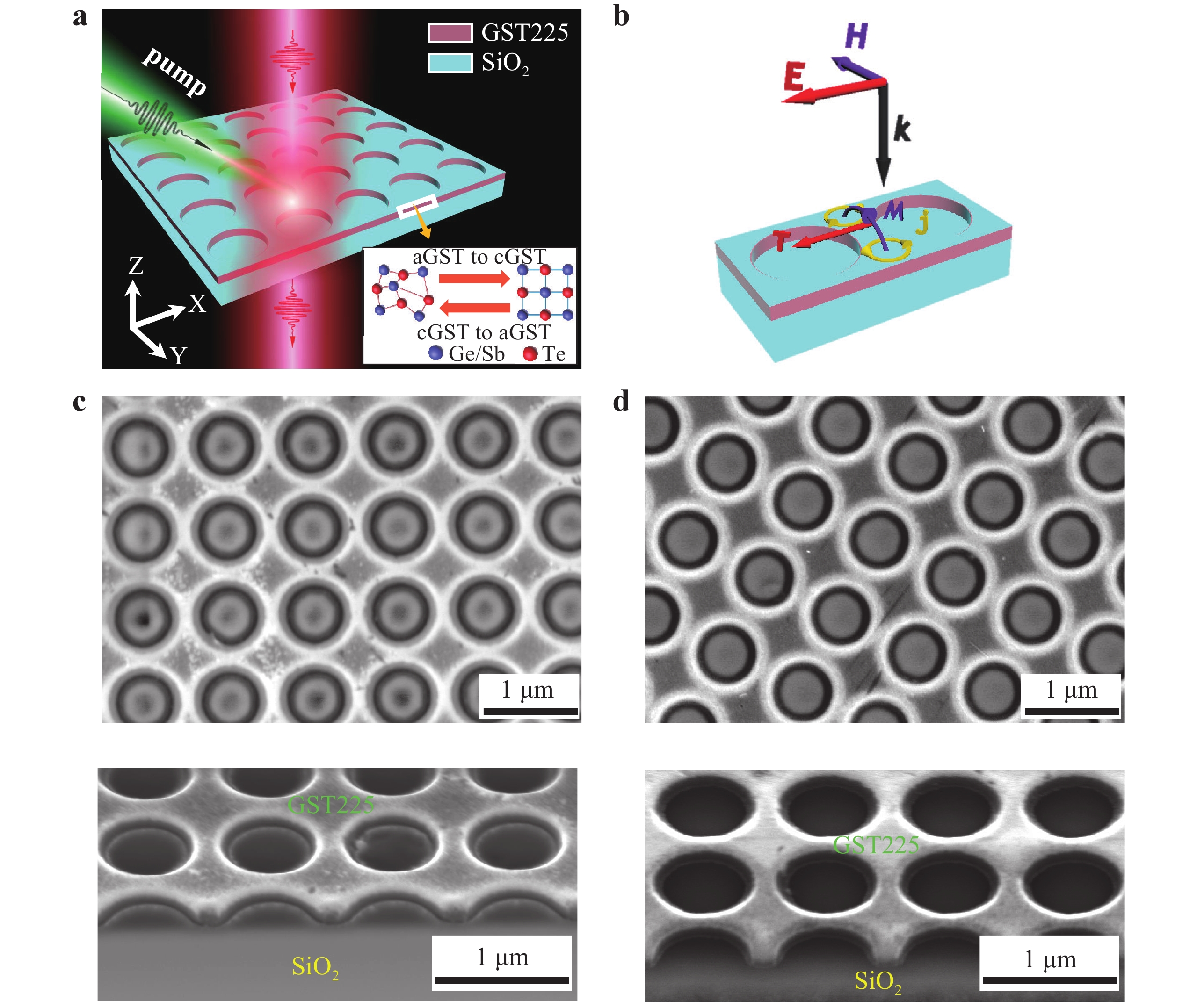
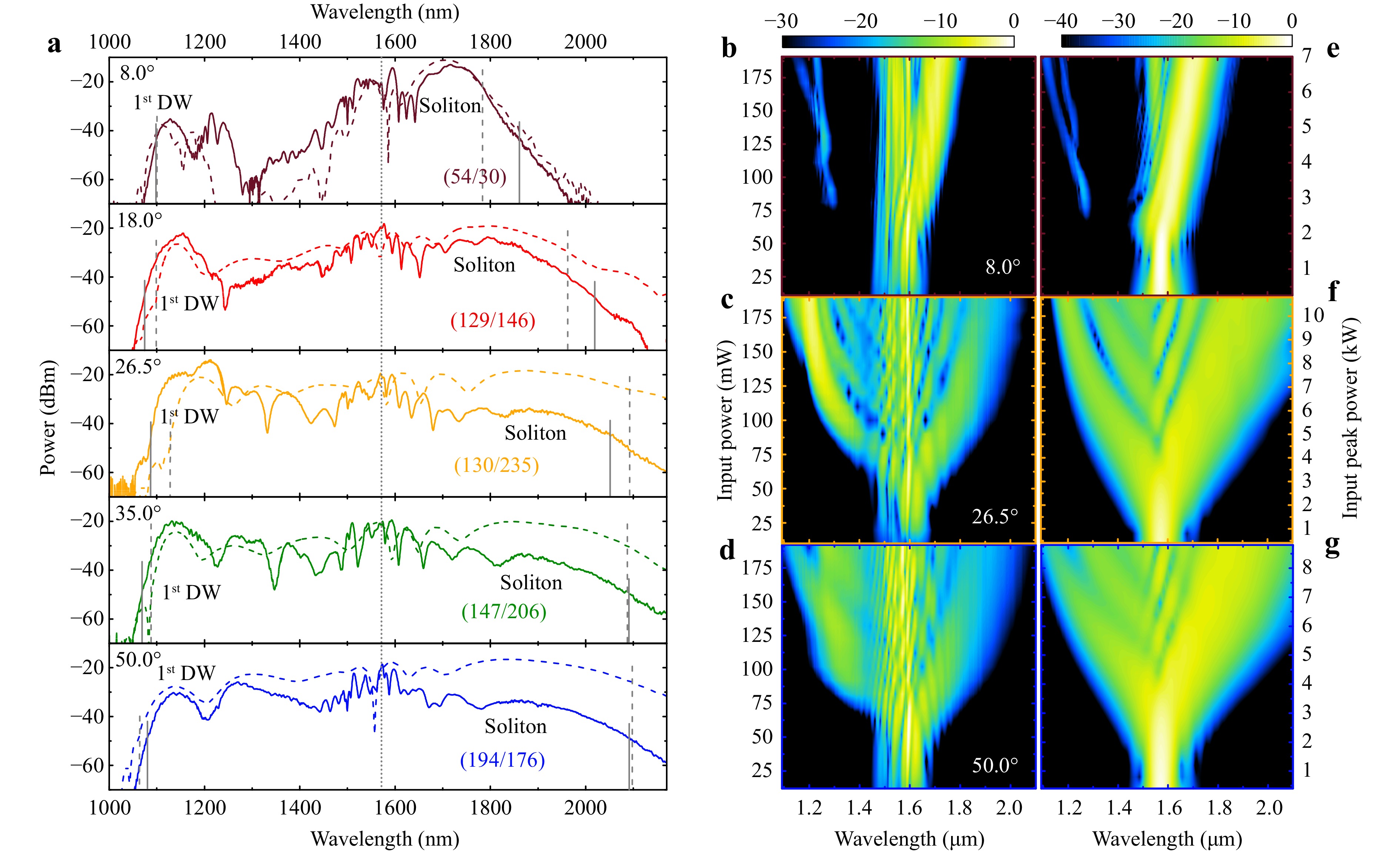
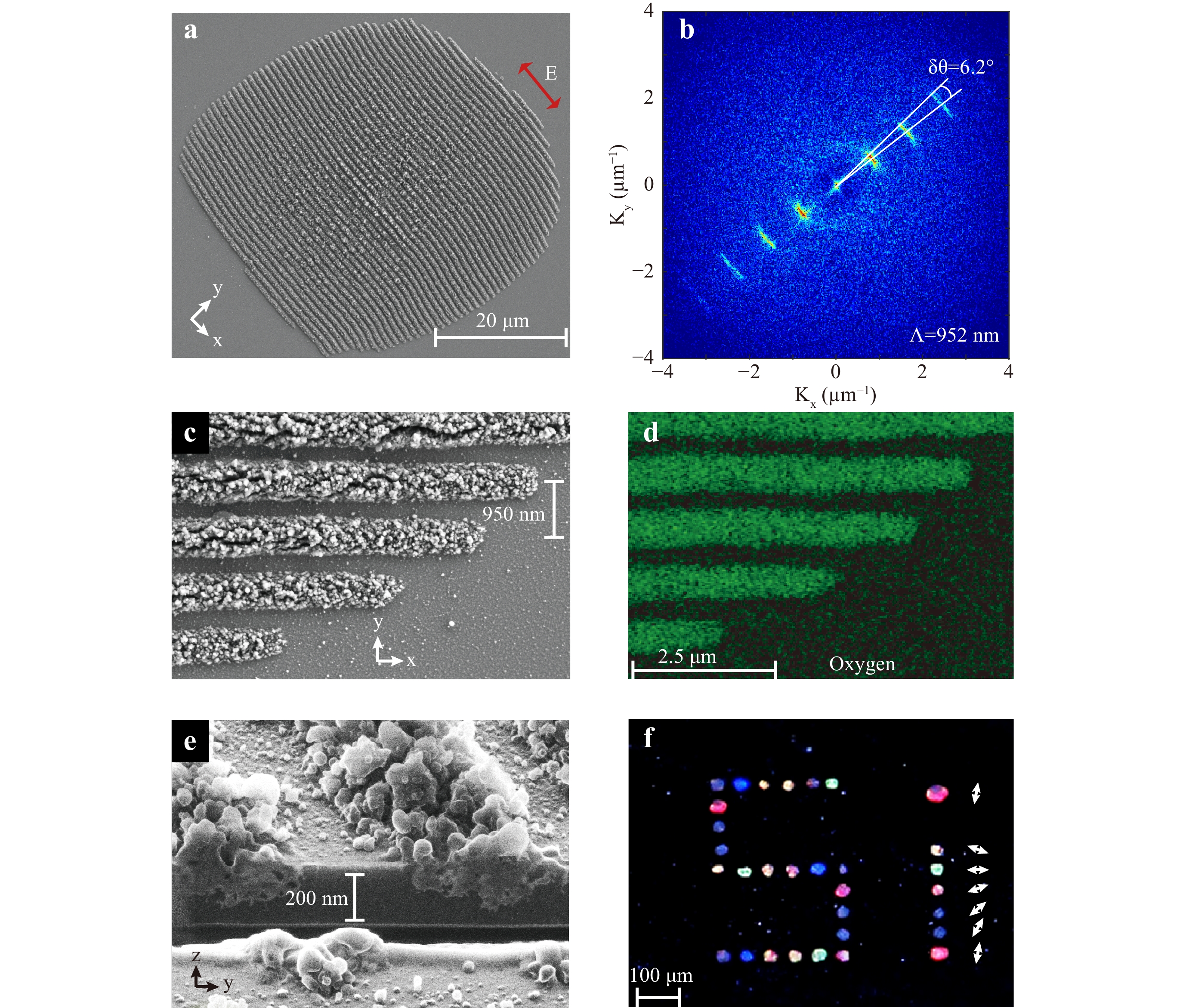
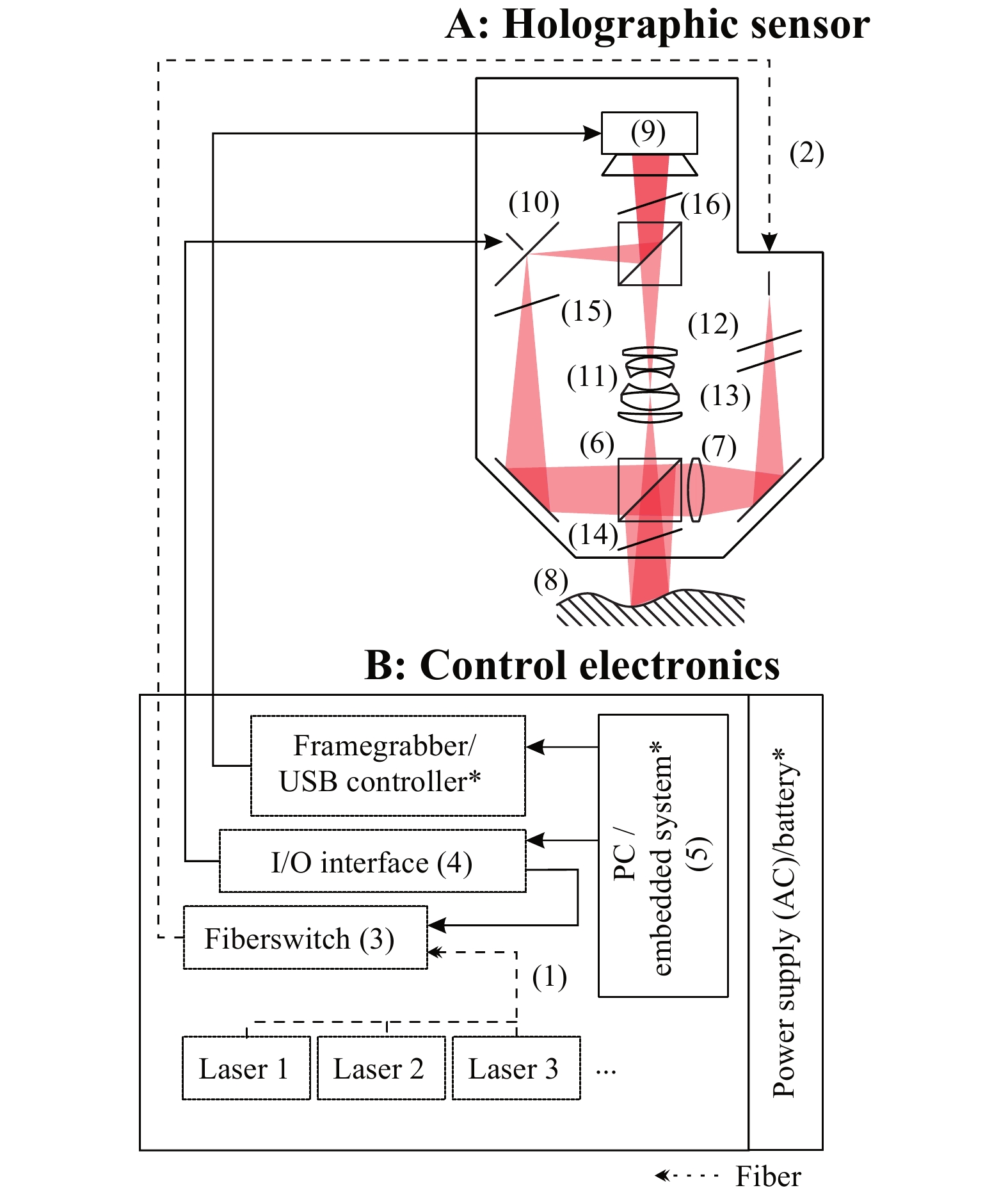
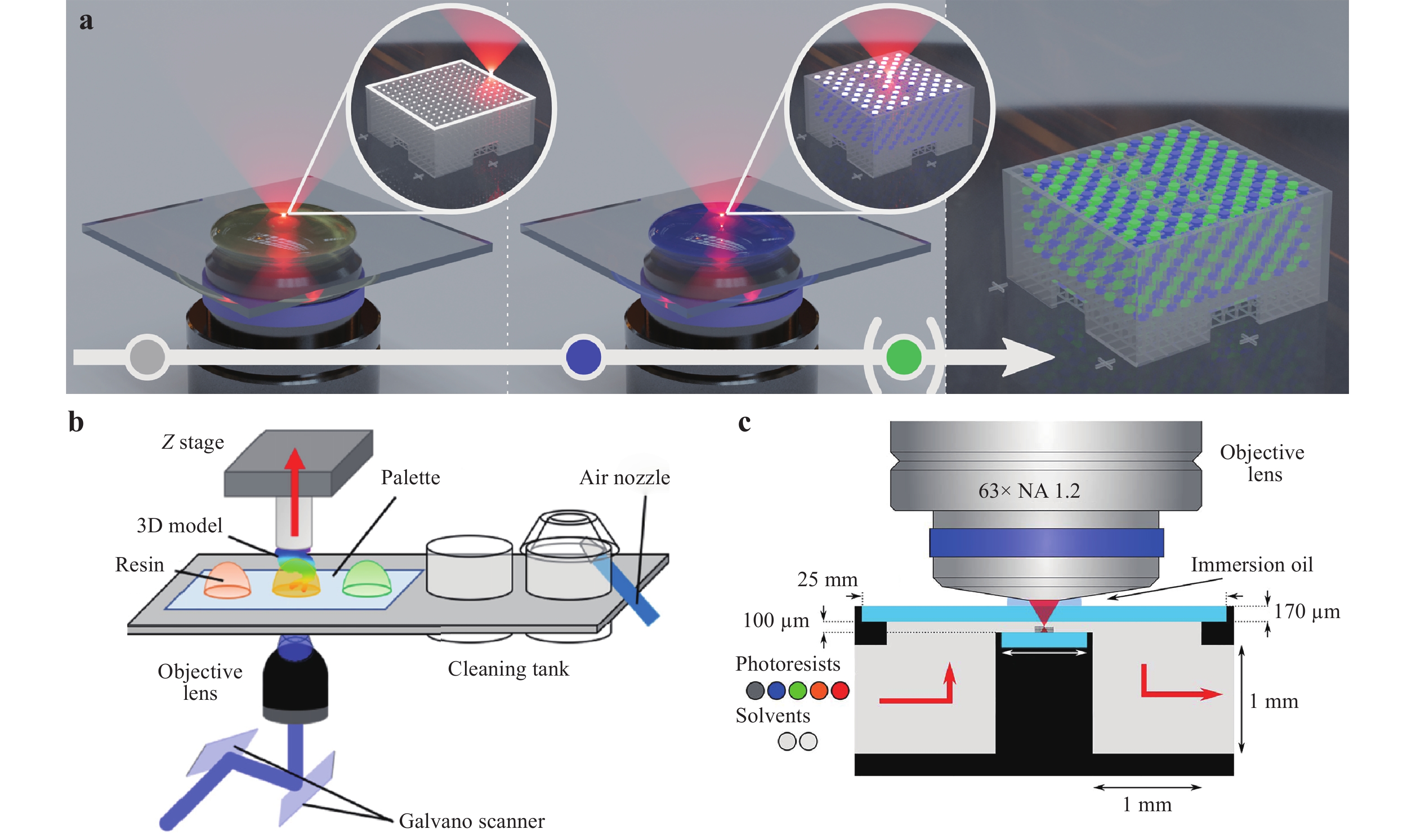
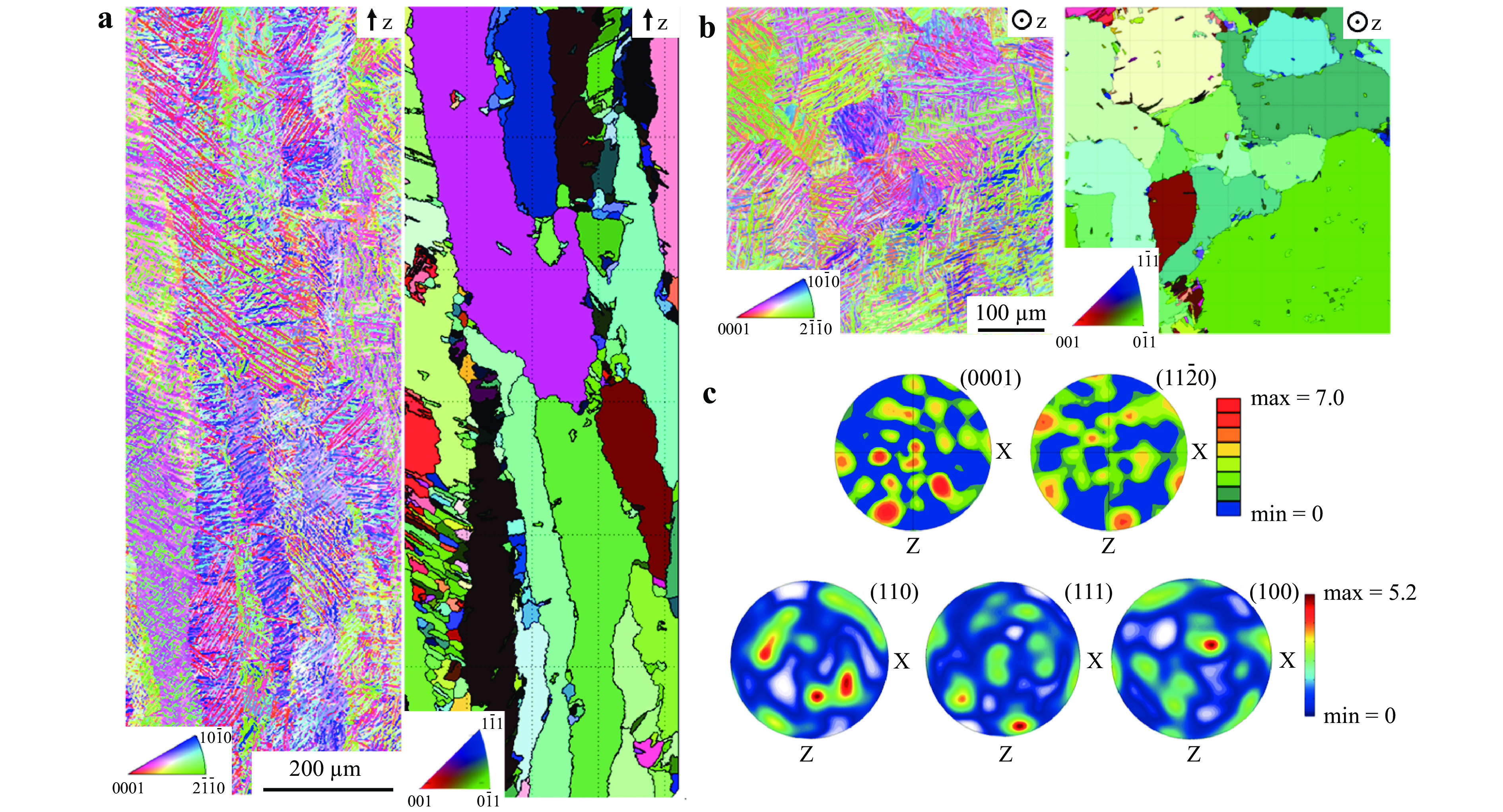
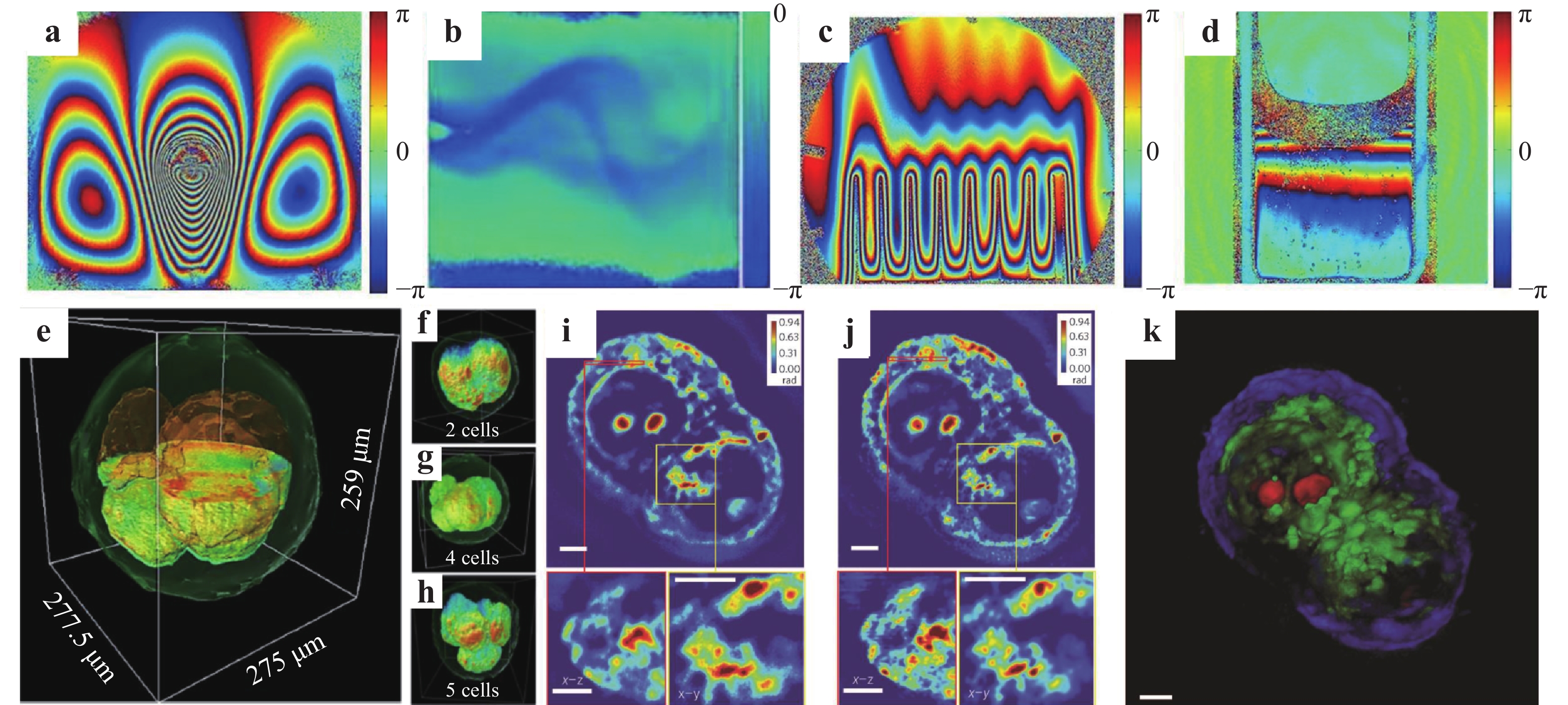
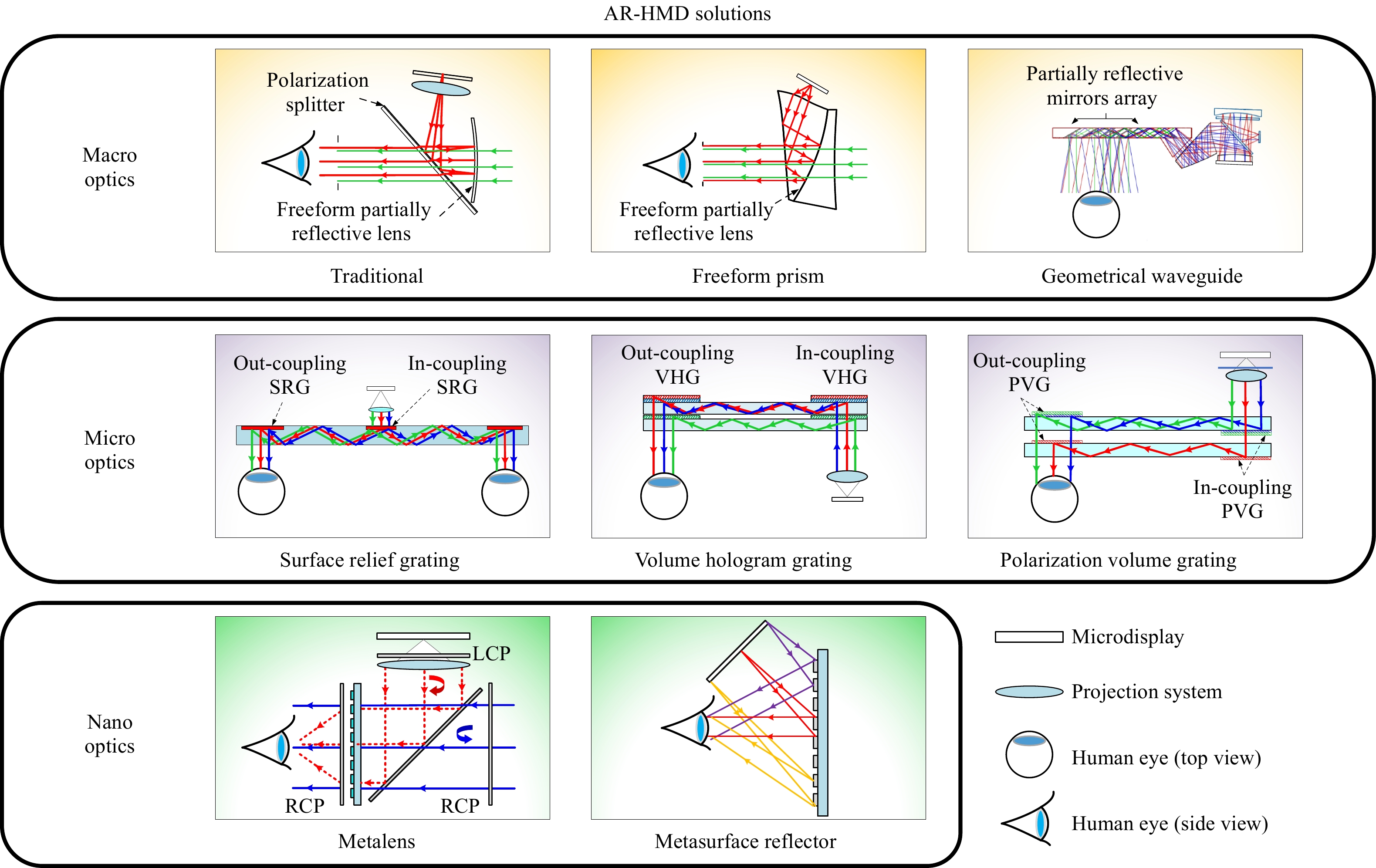
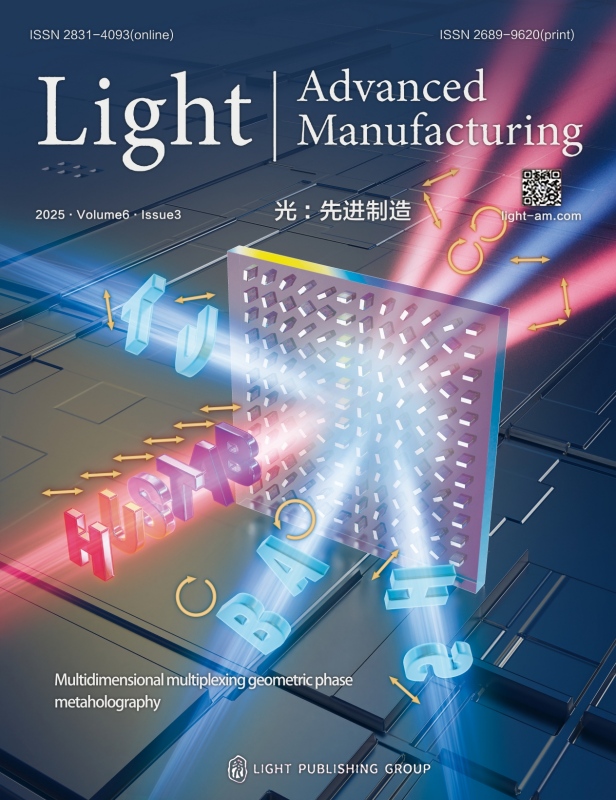

 Email
Email RSS
RSS